BHG - In recent years, Lien Hiep commune (Bac Quang) has gradually transformed its crop structure, effectively exploiting the potential of production forest land. In addition to traditional trees, Son tree is a forestry tree with high economic value that is being boldly planted by local people for trial. This is considered a new direction, bringing double efficiency, both developing the economy and contributing to protecting the sustainable ecological environment.
One of the pioneering households in growing Son trees in the locality is the family of Ms. Nguyen Thi Liem in Tan Thanh 2 village, Lien Hiep commune. Previously, her family mainly grew bamboo and natural trees, and the hilly land had been left fallow for many years without any economic value. Learning from the experience of people in Chiem Hoa district ( Tuyen Quang ), Ms. Liem boldly changed the crop structure on her family's hilly land. Ms. Liem said: "Because at first my husband and I had no experience, we joined forces with a household that had experience in growing Son trees to ensure the technical aspects, care, and harvesting of Son latex. Some people gave up land, some gave up labor, and we planted nearly 2,000 trees. Although many people were still worried because they feared that Son trees would "eat their skin", because we had harvested latex and saw its potential effectiveness, my family boldly invested."
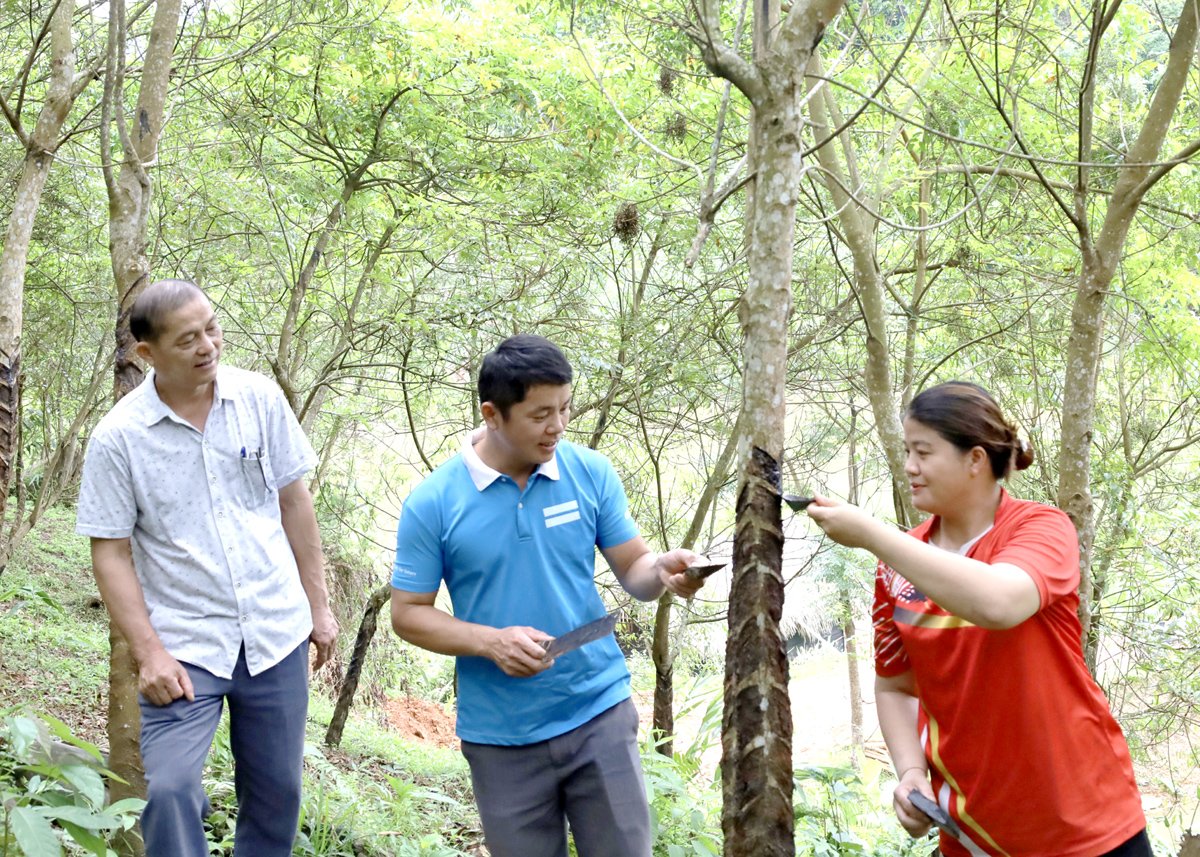 |
| Officials of Lien Hiep commune visited the Son tree hill of Ms. Nguyen Thi Liem's family, Tan Thanh 2 village. |
Lacquer is an adaptable plant that does not require much care. Fertilizing twice a year ensures that the plant has enough nutrients and grows large and strong. After about 18 months, the latex can be harvested. With an investment capital of nearly 2 million VND, in the first year of harvesting, Ms. Liem's family sold lacquer latex for 250,000 VND/kg, earning more than 300 million VND/year; in 2024, it will reach 270 million VND/year, bringing in a stable income compared to many other crops.
Ms. Nguyen Thi Liem added that although planting and harvesting are hard work, the Son tree provides a stable income. Every day, the family usually has to spend about 5 hours, starting from early morning to tap the latex; the most difficult part is on rainy days when they have to apply techniques to retain the pure resin. Thanks to the good quality, the family's Son latex often fetches a high price and is consumed stably, so the family plans to continue planting more than 2 hectares to ensure long-term income and create continuous employment.
According to research, Son trees are harvested regularly and continuously for 10 months a year, in which the first 2 months of the year are usually the time when the trees begin to sprout young leaves. When the leaves develop into young leaves, the trees will become healthy again and begin to harvest latex. After tapping the latex for about 3 years, the amount of latex decreases and new trees can be planted instead. Comrade Trieu Van Ngan, Acting Secretary of the Lien Hiep Commune Party Committee, said: Son trees are forestry trees with high economic value, suitable for local climate and soil conditions. Compared to rice and corn, the value of Son trees is 2-3 times higher and they are harvested regularly, ensuring regular income. From the initial spontaneous model of the people, in recent years, Son trees are showing great potential for sustainable livelihoods for people in the commune.
With many benefits such as increasing income, preserving land, greening bare hills and protecting the environment, Son tree is gradually becoming a potential crop in forestry economic development in Lien Hiep commune, contributing to promoting sustainable forestry economy, friendly to the environment, bringing a stable source of income for local people.
Article and photos: NHU QUYNH
Source: https://baohagiang.vn/kinh-te/202506/huong-di-moi-trong-phat-trien-lam-nghiep-o-lien-hiep-3520e80/


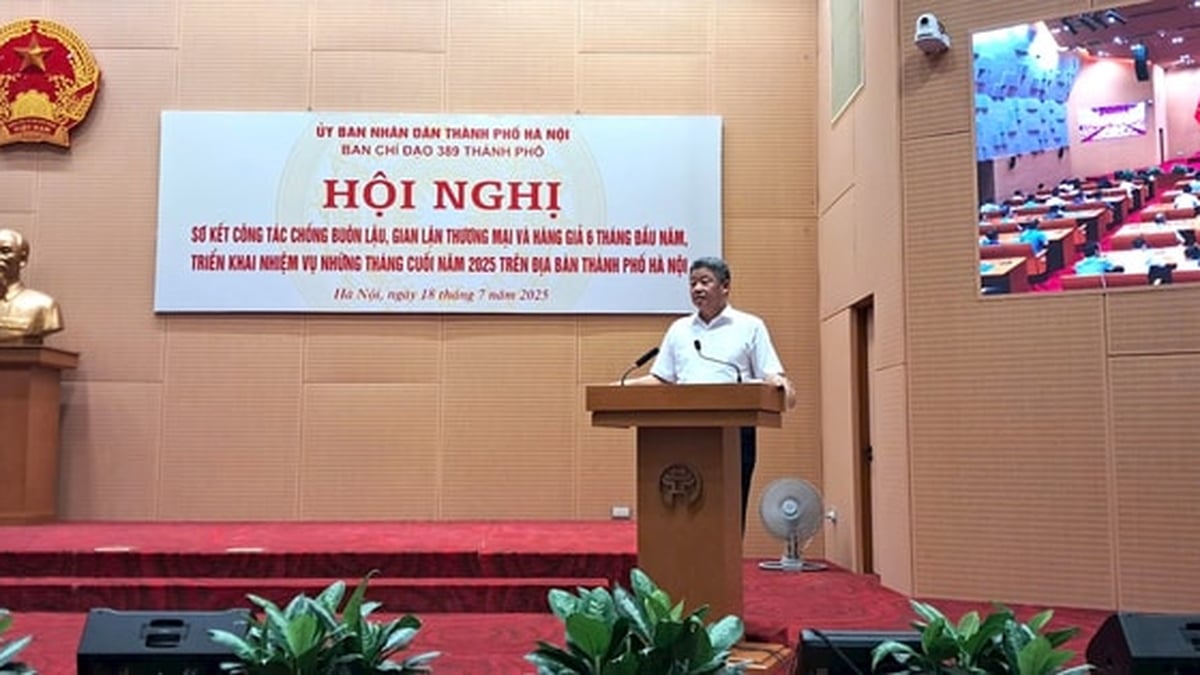
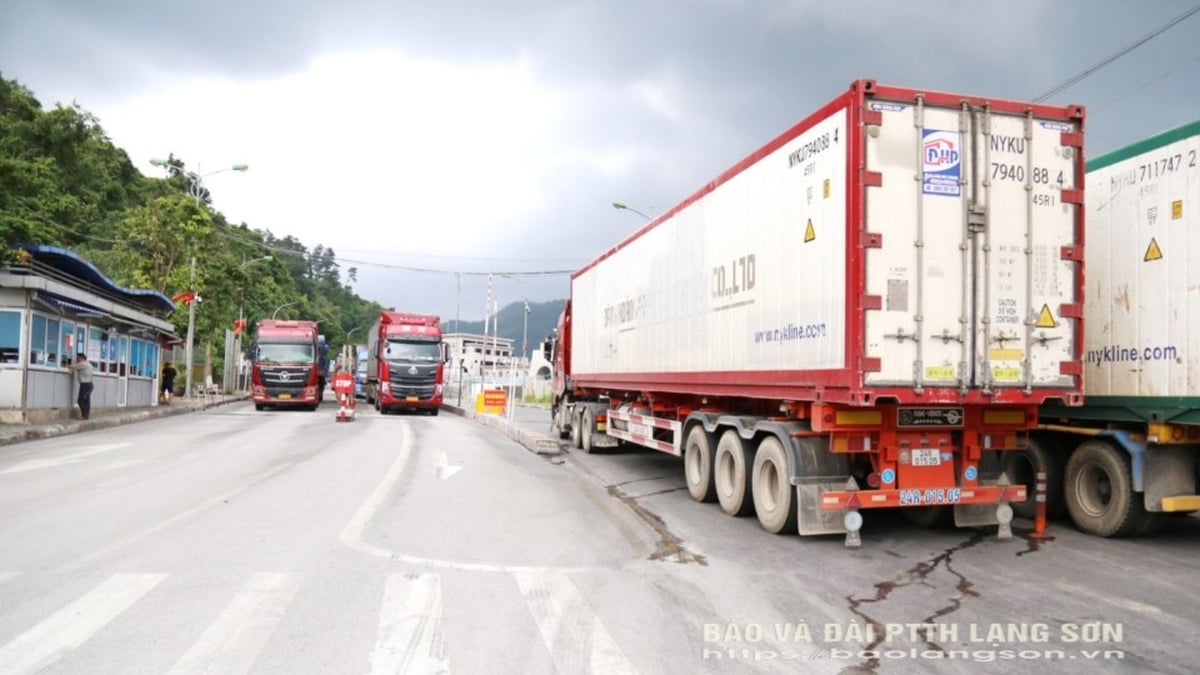
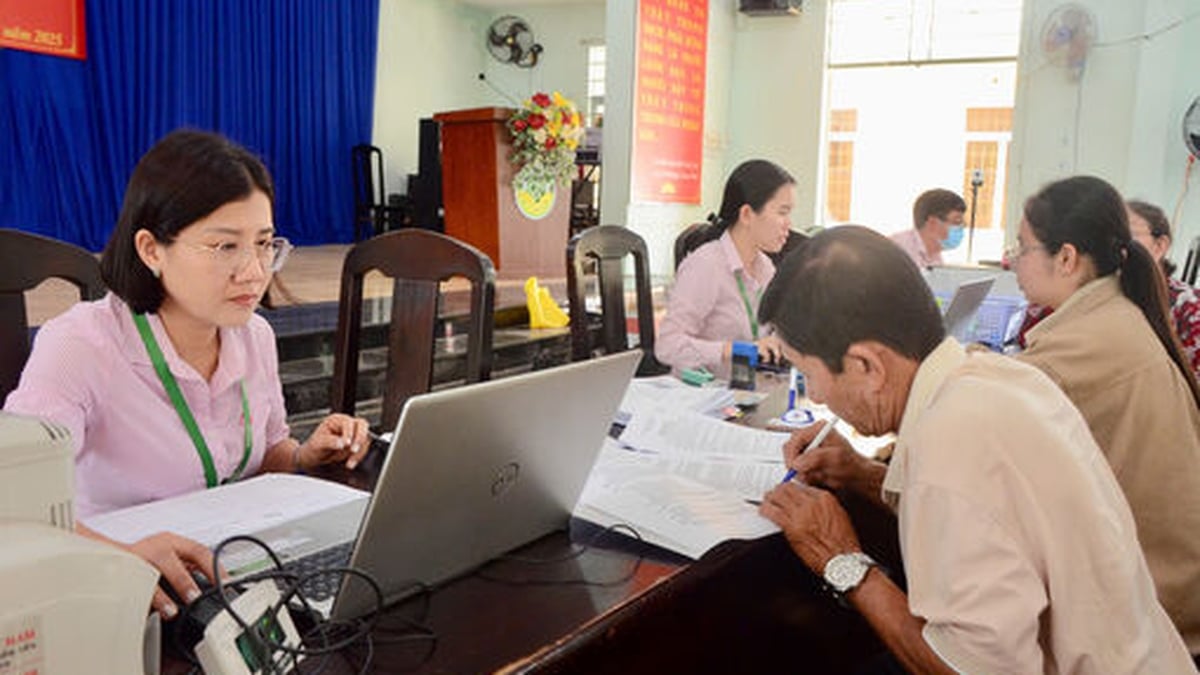

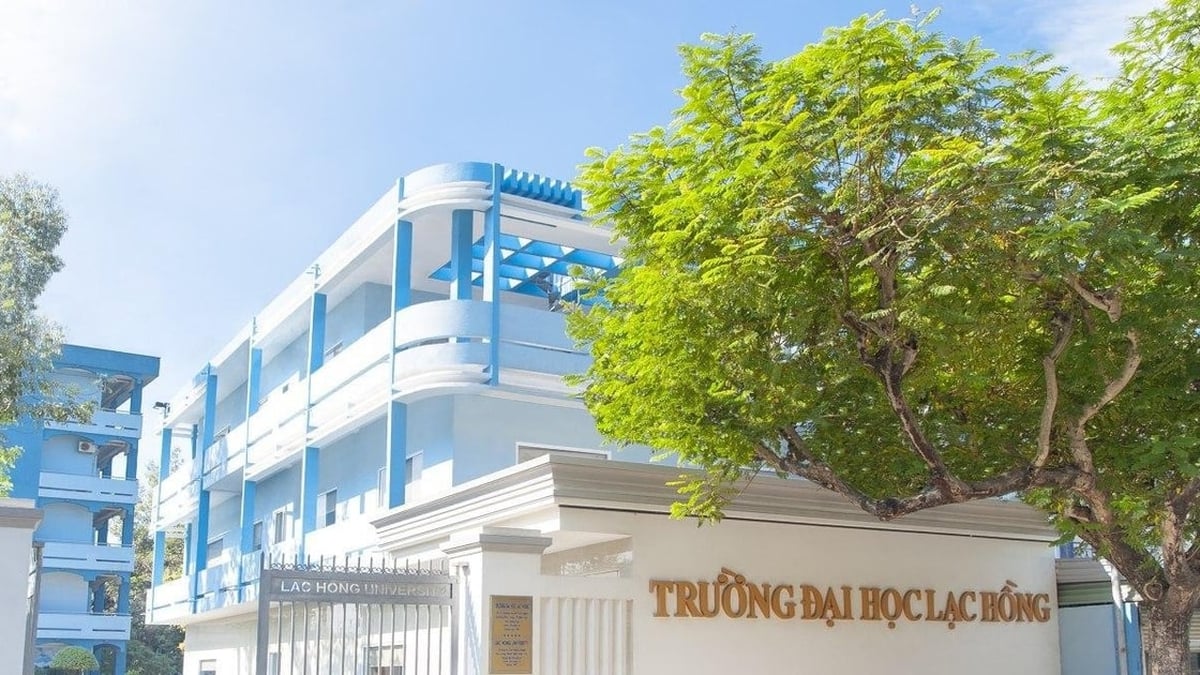



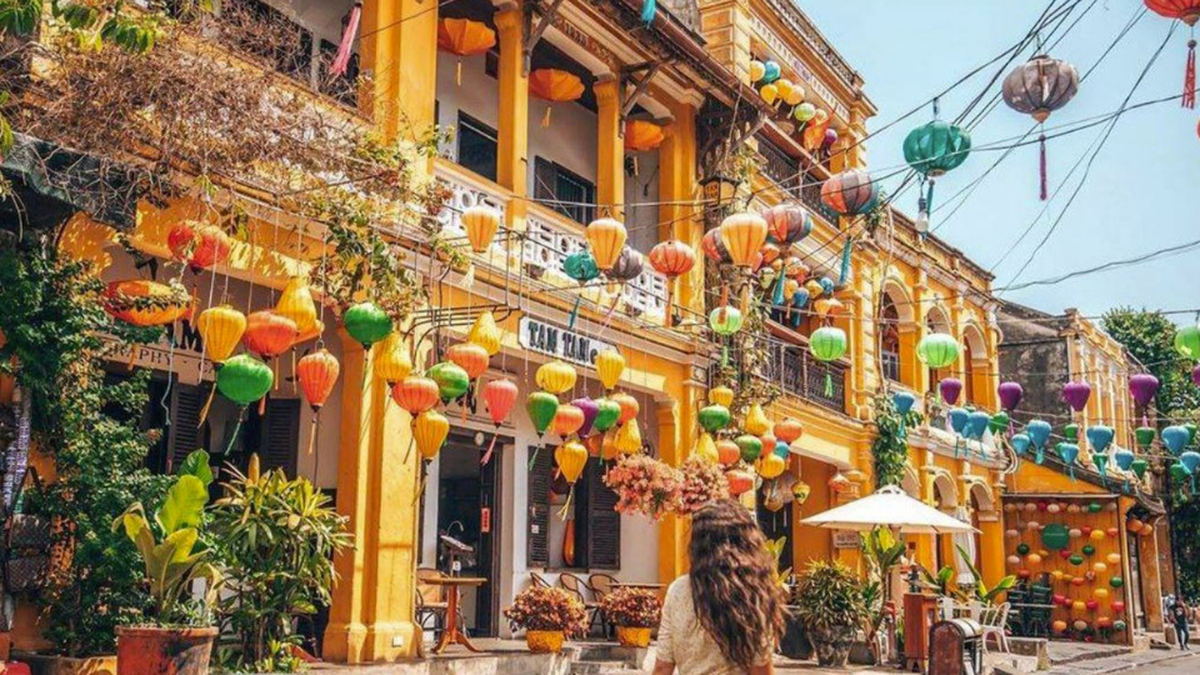









































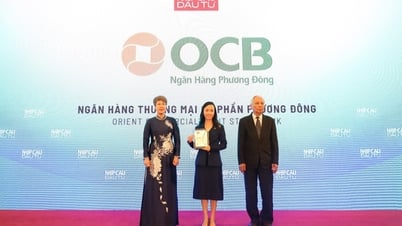







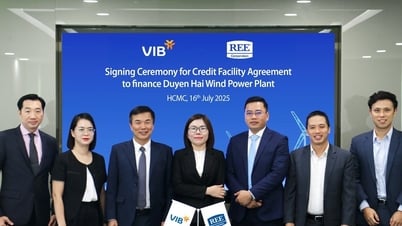

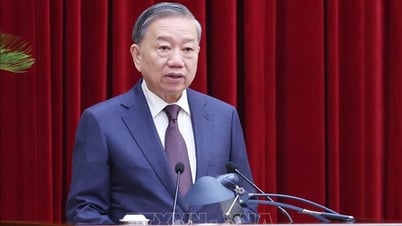



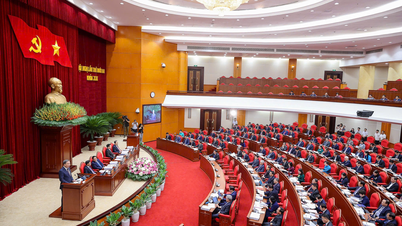







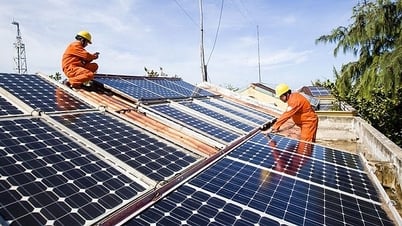

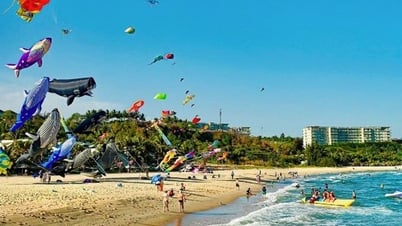


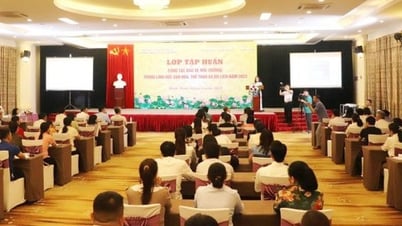








![[Infographic] In 2025, 47 products will achieve national OCOP](https://vphoto.vietnam.vn/thumb/402x226/vietnam/resource/IMAGE/2025/7/16/5d672398b0744db3ab920e05db8e5b7d)













Comment (0)